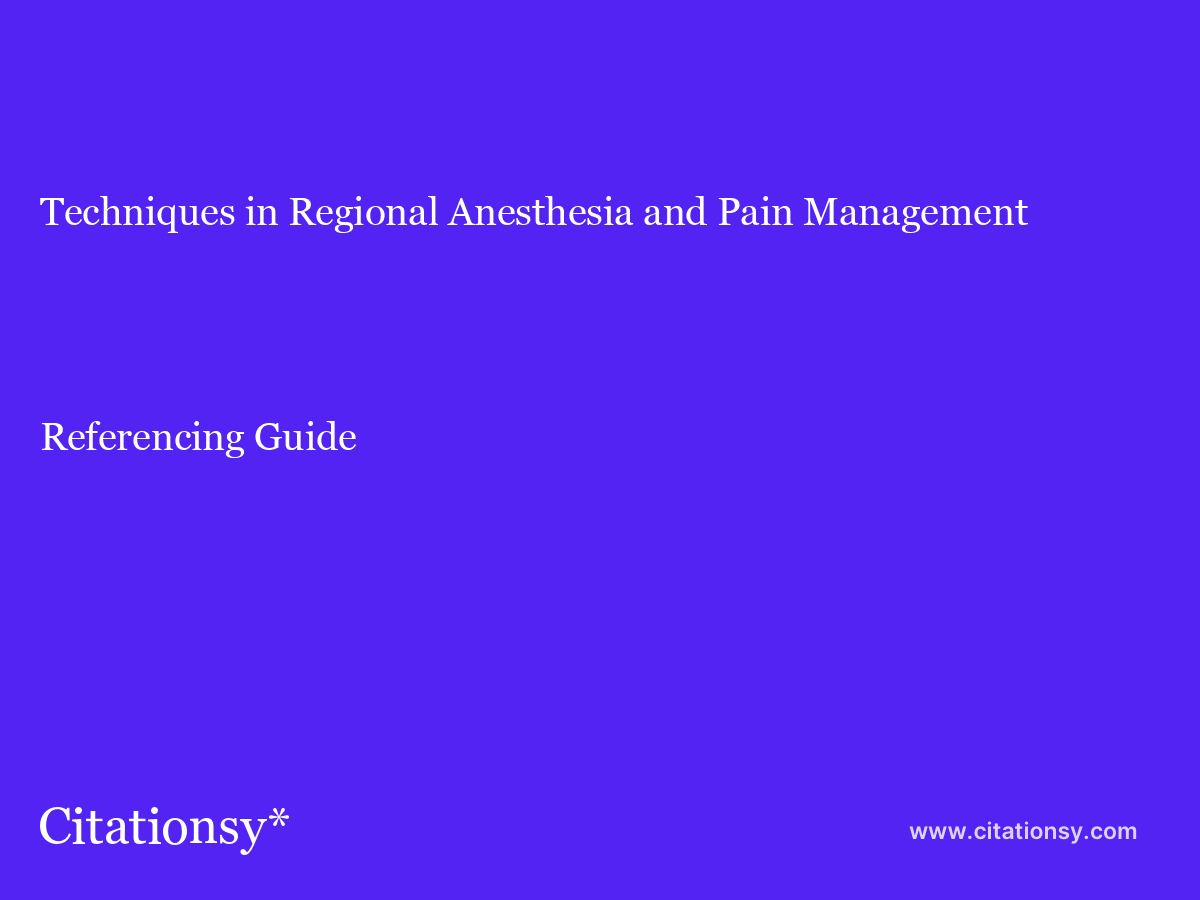Amplify Your CrossFit Performance Pro Tips Unveiled
Unleash Your CrossFit Potential: Pro Tips for Peak Performance
So, you’ve embarked on your CrossFit journey, ready to push your limits and unlock your full potential. But let’s face it, CrossFit can be challenging, even for the most seasoned athletes. That’s where these pro tips come in. From mastering your form to optimizing your nutrition, we’re unveiling the insider secrets to amplify your CrossFit performance and take your workouts to the next level.
Perfect Your Form
First things first, mastering proper form is essential for maximizing your CrossFit performance and preventing injuries. Whether you’re performing a snatch, clean and jerk, or any other movement, technique is everything. Take the time to learn each movement pattern thoroughly, focusing on proper alignment, stability, and range of motion. Don’t be afraid to seek guidance from certified coaches or experienced athletes to fine-tune your form and ensure you’re performing each exercise safely and effectively.
Prioritize Mobility and Flexibility
In the world of CrossFit, mobility and flexibility are often overlooked but are crucial for optimizing performance and preventing injuries. Incorporate dynamic warm-up routines and targeted mobility exercises into your training regimen to improve joint mobility, flexibility, and overall movement quality. Dedicate time to stretch tight muscles, release tension, and address any mobility restrictions that may be holding you back. Trust us, your body will thank you, and you’ll notice a significant improvement in your performance both inside and outside the box.
Focus on Recovery
While crushing intense WODs and pushing your limits is undoubtedly exhilarating, it’s essential to prioritize recovery to avoid burnout and keep your body functioning optimally. Incorporate rest days into your training schedule to allow your muscles to repair and rebuild. Explore various recovery modalities such as foam rolling, massage therapy, and contrast baths to promote circulation, reduce muscle soreness, and enhance recovery. Remember, recovery is just as important as training, so listen to your body and give it the rest it deserves.
Fuel Your Body Wisely
Nutrition plays a significant role in fueling your CrossFit performance and supporting your overall health and well-being. Focus on consuming a balanced diet rich in lean proteins, complex carbohydrates, healthy fats, and plenty of fruits and vegetables to fuel your workouts and promote recovery. Stay hydrated by drinking an adequate amount of water throughout the day, especially before, during, and after your workouts. Consider working with a registered dietitian or nutrition coach to fine-tune your nutrition plan and optimize your performance based on your individual needs and goals.
Set SMART Goals
Setting specific, measurable, achievable, relevant, and time-bound (SMART) goals is essential for staying motivated, tracking your progress, and ultimately achieving success in your CrossFit journey. Whether you’re aiming to improve your strength, increase your endurance, or master a new skill, setting clear goals will give you direction and purpose in your training. Break down your long-term goals into smaller, manageable milestones, and celebrate each achievement along the way. Remember, progress takes time and consistency, so stay focused, stay disciplined, and trust the process.
Stay
















